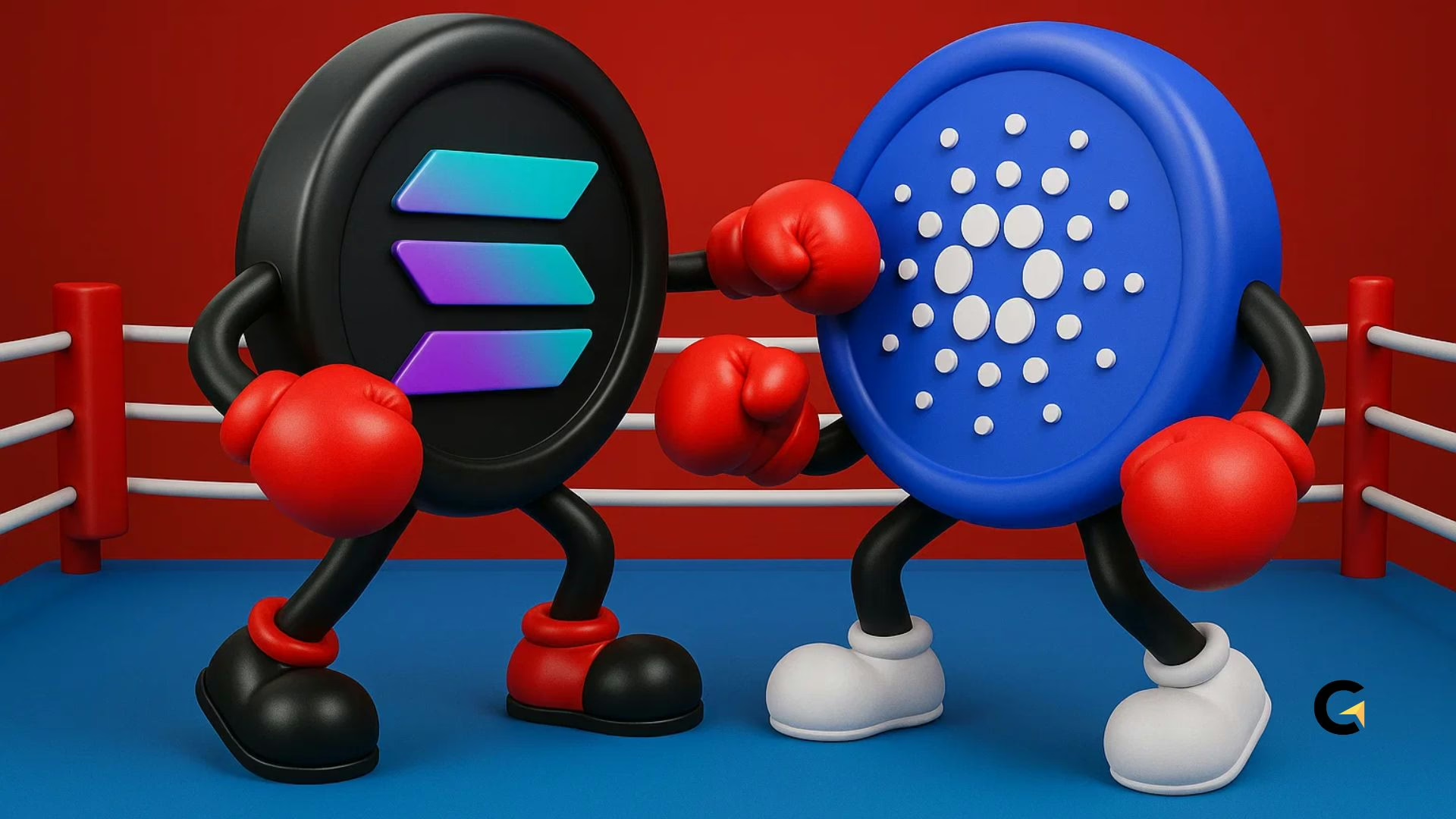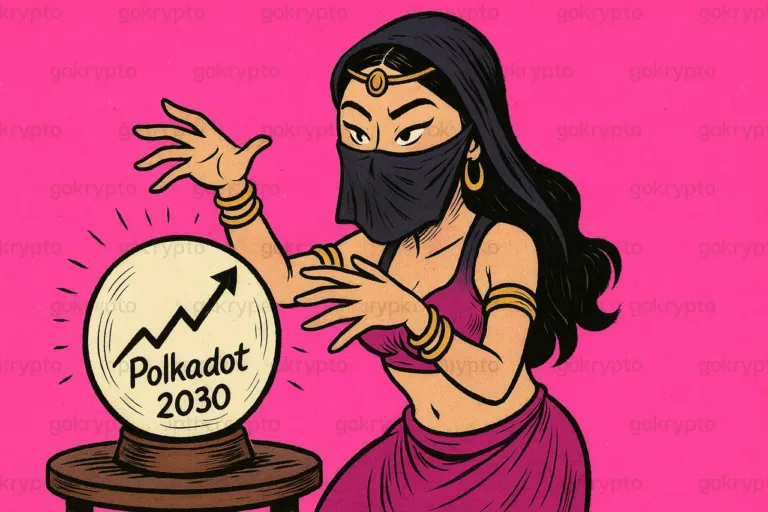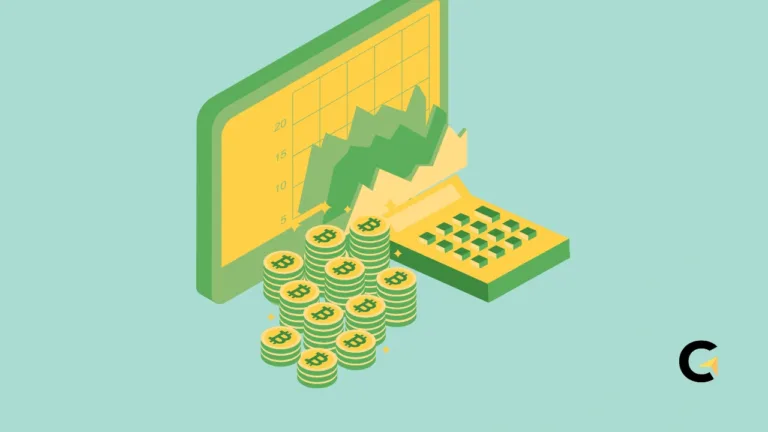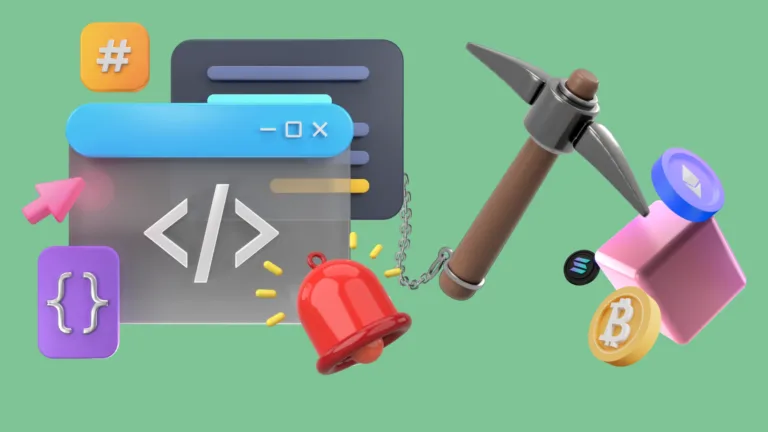Is Solana better than Cardano?
Is Solana better than Cardano? In short, Solana (SOL) leads on speed, transaction costs, and ecosystem momentum, but its fast pace comes with architectural risk and lower decentralization. Cardano (ADA) favors stability, capped supply, and a robust governance roadmap—yet lags Solana in DeFi, NFTs, and cultural presence.
Key Takeaways:
Hide- Transaction Speed: Solana achieves ~400 ms block times and ~65,000 TPS; Cardano remains below 300 TPS but aims to scale securely.
- Network Activity: SOL processes 100M+ daily transactions and supports over 2M active wallets; ADA averages 80–100k tx/day.
- Supply Models: ADA is hard-capped at 45B with declining inflation; SOL has no cap and a decaying inflation curve toward 1.5%.
- Security & Uptime: Solana has faced full-network halts; Cardano maintains consistent uptime through formal code verification.
- Staking Yields: Solana offers ~6–7% APR; Cardano yields 3–3.5% but with minimal delegation requirements and no lock-up.
- Governance: ADA features on-chain governance (CIP-1694); SOL relies on off-chain social consensus and validator-weighted proposals.
- Ecosystem Focus: Solana dominates DeFi and NFTs in 2025; Cardano expands into stablecoins, identity, and community funding.
- Community Strength: Both have millions of followers; Cardano slightly leads in Twitter presence and formal governance bodies.
- Regulatory Outlook: Both SOL and ADA were labeled securities by the SEC in 2023, but the pressure eased in 2024—uncertainty still lingers.
- Risk Profile: Solana is “fast but fragile”; Cardano is “slow but secure.” Diversifying across both can balance risk and opportunity.
Solana or Cardano: Which One Is Better?
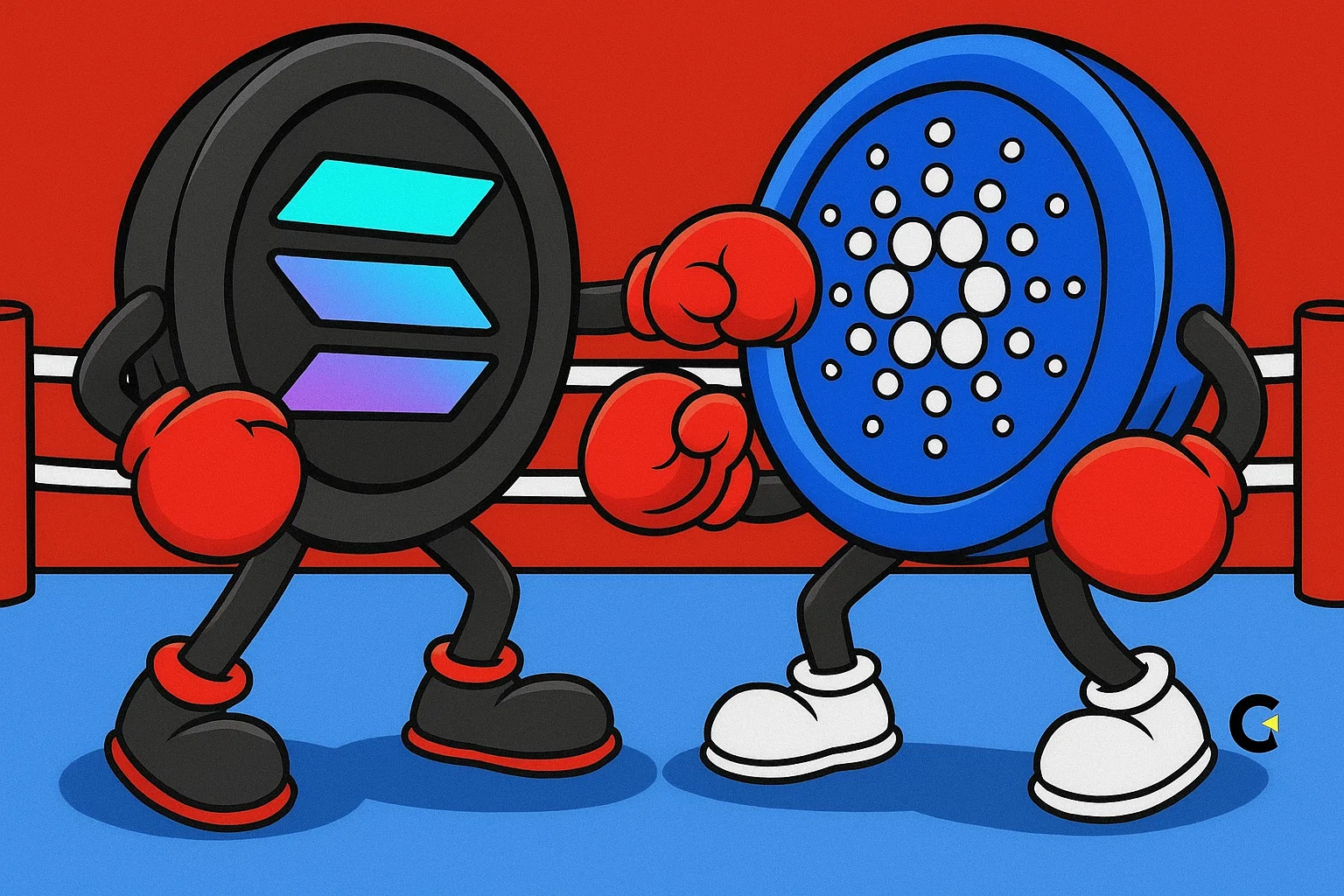
How do Solana’s millisecond-level finality and booming DeFi or NFT scene stack up against Cardano’s formally-verified security and capped-supply economics? Can SOL’s raw speed and momentum outpace ADA’s governance-driven stability and predictability? What’s your take?
1. Market Metrics
- Price & rank (4 July 2025)
- SOL ≈ $146.7; rank #6; mkt-cap ≈ $78.4 B; 24-h vol $3.36 B
- ADA $0.566; rank #10; mkt-cap ≈ $20.0 B; 24-h vol $0.56 B—many now wonder if ADA reach $3 in the next cycle.
- Liquidity – “vol / cap” ratio: 4.29 % for SOL vs 2.8 % for ADA, signaling deeper spot liquidity in SOL pairs.
- YTD performance – SOL –29 % despite a $10 B liquidity backstop, fueling debates on Solana price by 2025; ADA –24 % amid SEC overhang.
Take-away SOL changes hands ~6× more per token on any given day, reflecting higher speculative velocity; ADA’s thinner tape is offset by lower slippage for large OTC blocks.
2. Supply Dynamics
- Circulating / Total
- SOL: 534.7 M circulating of 604.5 M minted; no hard cap.
- ADA: 35.38 B circulating of 45 B max; cap hard-coded.
- Emission schedule
- SOL launched with 8 % annual inflation, decays 15 % YoY until a 1.5 % terminal rate; proposals may further tune emissions to staking participation.
- ADA inflation comes from reserve depletion (~7 % p.a. as of 2025), trending lower as reserves empty toward the 45 B cap.
Divergence SOL’s floating supply gives it elasticity but permanent dilution; ADA offers bitcoin-like predictability at the cost of a finite treasury for incentives.
3. Consensus Mechanism & Security
| Feature | Solana | Cardano |
|---|---|---|
| Core algorithm | Proof-of-History + Tower BFT (PoS) | Ouroboros PoS family |
| Validators / pools | ~2,000 validators; Nakamoto coefficient ≈ 20 | ≈ 3,000 active stake-pools; targets ≥ 500 pools |
| Past exploits/outages | Multiple full-network halts (e.g., 6 Feb 2024) | No chain-wide halt recorded; isolated relay bugs patched quickly. |
SOL’s security story is “fast but fragile”; Cardano’s is “slow but steady.”
4. Network Activity
- Throughput & latency – Solana peaks at ~65 k TPS with 400 ms blocks; fees ≈ $0.0001. Cardano averages < 300 TPS today; planned upgrades aim for order-of-magnitude gains without sacrificing security.
- Daily usage – Solana regularly clears > 100 M tx/day and > 2 M active addresses during airdrop seasons; Cardano hovers around 80–100 k tx/day with ~1 M wallets delegating.
- Fee model – SOL burns 50 % of priority fees and is debating validator-full-reward split. ADA uses a simple
min_fee = a + b * sizeformula with lowered script costs.
5. Development & Ecosystem
- GitHub pulse – solana-labs/solana ~300 monthly commits; cardano-node ~250.
- Roadmaps
- Solana: Agave 2.0, Firedancer second validator client, and ZK token extensions.
- Cardano: Chang hard-fork (Voltaire governance), Mithril light-client, Hydra & Leios scaling.
- dApps – Solana leads in DeFi TVL rebound and NFT volume; Cardano’s TVL remains < $1 B but is growing via stable-coin launches and Catalyst grants.
6. Tokenomics & Utility
| SOL | ADA | |
|---|---|---|
| Staking APY | Dynamic ≈ 6–7 % raw (depends on inflation & fees) | 3–3.5 % net |
| Fee token | Gas, rent for account data, priority fees | Gas for Plutus scripts & basic txs |
| Governance | Off-chain social consensus + proposals | On-chain governance via CIP-1694; coin-vote motions |
7. Team, Community & Governance
- Founders – Anatoly Yakovenko & Raj Gokal (Solana Labs); Charles Hoskinson & Jeremy Wood (IOG) for Cardano.
- Community size (Twitter) – SOL foundation ~2.5 M followers; ADA foundation ~3.1 M.
- Cardano’s community-elected parameter committee now adjusts protocol constants every epoch.
8. Regulatory & Compliance
- Both tokens were named as “unregistered securities” in 2023 SEC suits; both foundations formally dispute the label.
- The SEC softened its stance in mid-2024, withdrawing blanket security claims, but legal uncertainty persists.
- Neither network imposes on-chain KYC; compliance is handled at the application/exchange layer.
9. Ecosystem Risk Factors
- Bridges & exploits – Solana’s Wormhole bridge lost $321 M (Feb 2022); Cardano has no comparable L1 bridge exploit and maintains formal-methods audits.
- Holder concentration – Solana’s Nakamoto coefficient ≈ 20; about 33 % of stake is in the top 7 validators. Cardano measures MAV, targeting > k pools to keep attack cost high.
10. Macro & Sentiment Indicators
- BTC correlation (90-day) – SOL ≈ 0.61 vs BTC/ETH, offering diversification with higher beta. ADA’s correlation oscillates around 0.6.
- Social buzz – Comparable community visits and followers reflect wide retail interest on both sides.
- Derivatives & ETF narrative – High odds for a spot-SOL ETF by year-end; ADA lacks similar catalysts.
Cardano vs. Solana: Who Offers a Better Smart Contract Platform?
If you need millisecond-level finality, vibrant DeFi/NFT liquidity and are comfortable with cutting-edge engineering risk, Solana is the sharper tool.
If you prefer formally-verified code, capped-supply economics and community-driven governance, Cardano fits that risk profile.
Diversification across both chains can capture opposite ends of the speed-vs-safety spectrum while hedging regulatory and technical tail risks.

